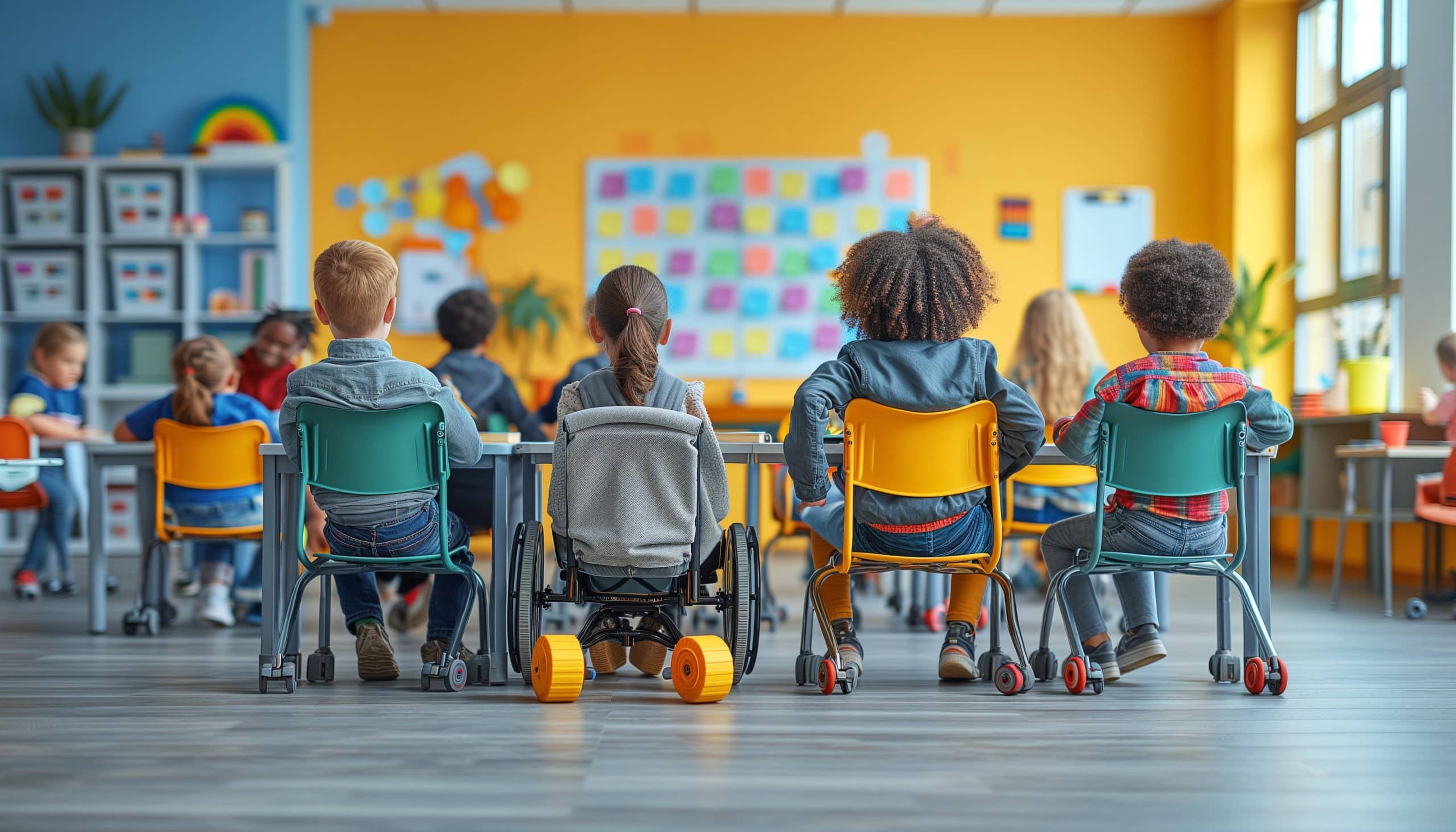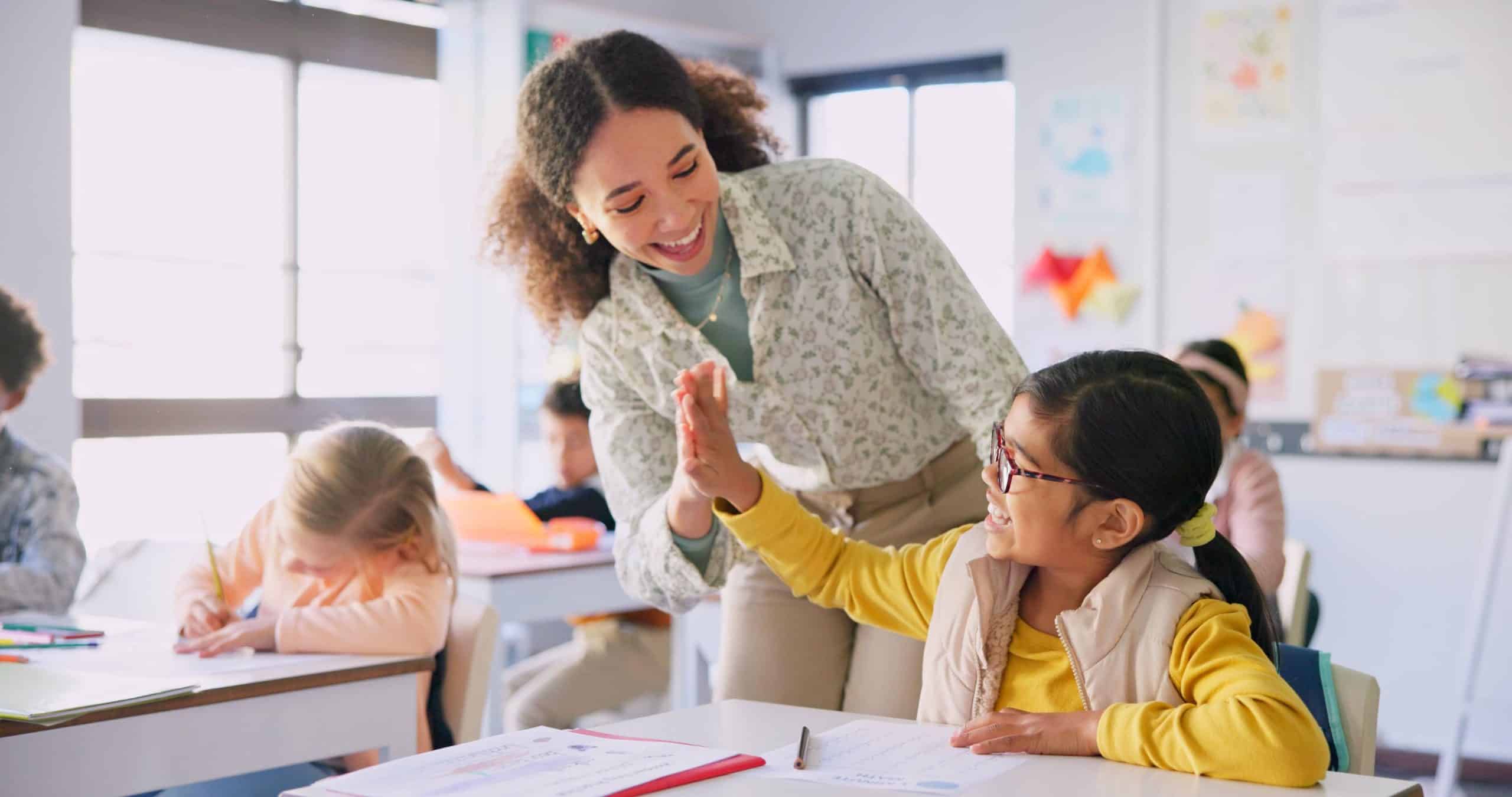Overview:
This teacher’s reflective piece explores the author’s decade-long journey in special education, emphasizing the importance of appropriately placing students in smaller, supportive classroom settings to meet both academic and social-emotional needs, ultimately advocating for individualized learning pathways.
Ten years ago, I followed a fascination with how children think, feel, and learn into the world of special education. Since then, working across public school districts has been a journey full of challenges, growth, and purpose. And what a ride it’s been.
Over the past decade, I have had the pleasure of encountering some outstanding students. Ranging in age from young learners beginning their schooling for the first time to students transitioning to middle school and entering a new phase of education. Either way, these students never cease to amaze me with their abilities and effectively utilize their strengths in numerous ways.
The Classroom Placement Puzzle: How Are Classrooms Decided?
With all of that being said, how do schools place their special education students in classrooms? Having been in two different school districts over the years, the processes and placements have varied significantly. Most students who attend public school are placed in a preschool program. Here, teachers and parents collaborate to identify a diagnosis, learning disability, or medical impairment based on the pediatrician’s assessment. From here, the school will develop a plan to place the child according to their abilities, with the goal of showing growth and improvement. Well, what if the school district does not provide an appropriate setting for the majority of these students? This is where my frustration began.
Many of these learners work best in a smaller classroom setting, with four to eight students with similar abilities. In my previous district, they did not accommodate these learners with these settings. Instead, they shoved all learners into a room, filled with twenty to twenty-five students, one teacher, and hoped that they would grasp the grade-level material taught in one format.
When Inclusion Backfires in Classroom Placement
When students with specific learning needs are placed in these types of situations, not only are their learning needs not met, but their social needs are not met as well. Anxiety, pressure, and overall anger filled many of my students, and they began to show signs of frustration and resentment towards their own classrooms. These behaviors, such as throwing objects and hitting students and other adults, were being observed in the classroom. All because the district did not provide a smaller learning setting where students can learn at their own pace.
On the other hand, parents were ecstatic that their child was being included in the classroom and gaining that experience, but the academics were struggling. Why can’t we include these learners in the general population, to include them in specific aspects of the day, while still allowing them to learn in a smaller setting elsewhere? They are still in groups with peers their own age and continue to learn the material at their own pace. This individualized idea makes it much easier for students to learn the material and create a strong foundation of skills at a young age. This way, the goal is for these students to eventually move out of the small classroom setting and into the general population.
The Social Benefits of Small Groups in Classroom Placement
Socially, the students would feel much more comfortable with like-minded peers as well. These small groups would provide a much more comfortable learning space where students would not feel the pressure of performing or keeping up with all learners in a general population. Instead, they would feel the confidence of their work and successes in a small group setting.
Being a teacher in a classroom where all learners were combined was not the best experience. I felt as if I were in a field of explosives that were about to go off at any second, all the while trying to teach grade-level material that could not be comprehended. I finally gave up this teaching model and started over in my eighth year of teaching. I gave up my close friends, my first real boss, and the only district I have ever known to teach special education students correctly.
A Better Model: The Resource Room
My hometown school district immediately hired me, the district that encouraged me to become a teacher in the first place. I was hired as a Resource Room teacher. In this particular setting, students are pulled from the general population for subjects such as Math and English Language Arts, and taught at their academic level. This position enables students with IEPs or Individualized Education Plans to attend a smaller classroom setting and learn alongside like-minded peers. The pace is slower, but still following the grade-level curriculum. I was told my classroom would have four students, teaching Reading and Math – perfect. During other parts of the day, they are included in the general population, still incorporating that social aspect. Many of my students thrive in the small group setting.
Their test scores demonstrate their hard work, particularly in the Resource classroom or small group settings. They are given tests with modifications and accommodations such as extended time, less questions, questions read aloud, etc. By utilizing this, student achievement is almost guaranteed to increase. With this being said, once they have achieved certain goals, they are moved right back into the general population with the right skills that they have mastered in the small group setting.
Looking Ahead: A Call to Educators and Families
I love seeing the growth of any child. There has been controversy surrounding classroom settings, placements, behaviors, and other situations related to school districts. Placing students in the correct classroom plays a crucial role in the overall development of the whole child. Moving forward, parents should be aware of their options for classrooms, if any, when advocating for their children. New teachers, especially, must understand their school district and each tier of instruction in order to place children who best suit their needs. Personally, I am committed to focusing on student success, not only academically, but in all aspects of the child. I look forward to watching student achievement in my classroom in the next decade of my career.

My name is Angela Scotese, and I’ve been teaching special education for over ten years, and it continues to be my greatest passion. I’m committed to helping every student grow by creating a supportive, inclusive environment tailored to their unique needs. Through individualized instruction, strong collaboration with families, and a focus on building confidence, I strive to help each child reach their fullest potential. Watching my students succeed—academically, socially, and emotionally—is the most rewarding part of what I do.


